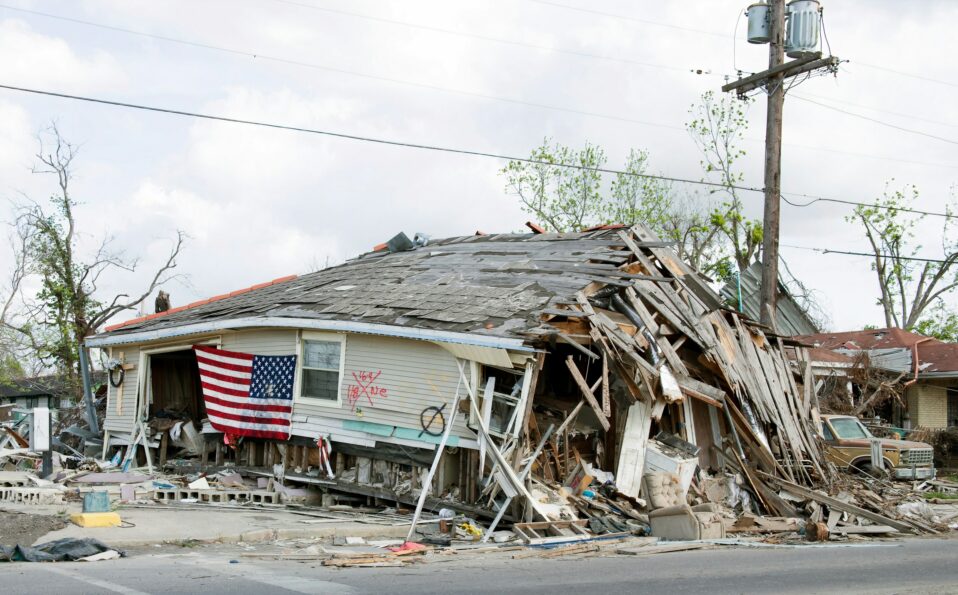Racial disparities in housing have deep historical roots in the United States. In nearly every state, people of color have lower homeownership rates than white households. The fact that homes in predominantly Black neighborhoods are valued at almost $50,000 less than those in primarily White communities only serves to exacerbate the problem. And this, of course, translates to a significant racial wealth gap. As such, ensuring fair and stable housing for all populations is critical to addressing deepening income inequality in the country.
But despite legislative efforts like the Fair Housing Act, the legacy of discriminatory attitudes and practices such as redlining still persists. So, let’s delve into some of the protections provided under the Fair Housing Act and how additional funding, such as the Homeowner Assistance Fund, can help alleviate racial inequities in housing.
Understanding Redlining: A Legacy of Discrimination
Today, the term redlining has come to mean any race-based exclusionary tactics in housing. However, it’s a real estate practice that dates all the way back to the 1930s, when public and private housing officials outlined certain neighborhoods as high or low risk based mainly on their racial demographics. Color-coded maps were used to vet the loanworthiness of neighborhoods and the people who lived within them. Coincidentally, most areas designated red and where property values were deemed to depreciate over time were majority-black neighborhoods. As a result, mortgage borrowers in these neighborhoods were charged higher interest rates and denied loans.
The Fair Housing Act was enacted in 1968 as part of the Civil Rights Act, and with it, redlining officially came to an end. The Act aimed to eradicate housing discrimination, prohibiting discrimination in the sale or financing of housing based on factors such as race, color, religion, sex, or nation of origin. It also provides a legal framework for addressing housing discrimination. That said, the consequences of redlining are still felt today, almost a century after it became a government-sanctioned practice. Redlining institutionalized racial bias, keeping people of color from owning homes and building wealth. It also curbed the economic development of redlined areas, leading to underinvestment and exclusion of people of color from crucial resources such as quality education and healthcare.
Furthermore, the coronavirus pandemic aggravated the effects of these historical discrepancies. Minority households were more likely to fall behind on housing payments, with Black renters being the most vulnerable.
Bridging the Gap with Additional Funding
Housing and racism in the United States have a long, complex, yet nuanced history. While legislative efforts go a long way in addressing bias and discrimination, the transformative power of additional funding cannot be overstated in mitigating racial inequities in housing.
Extra funding, such as the Homeowner Assistance Fund, acts as a lifeline for families on the brink of homelessness. These funds can prevent foreclosures, provide mortgage relief, and facilitate necessary home repairs, preserving stable housing environments. Special-purpose credit programs also exist to provide downpayment assistance and more flexible lending criteria for homebuyers from marginalized communities. Organizations like the NAAIA Foundation complement these efforts by offering scholarships, grants, and community programs, empowering marginalized individuals to break free from the cycle of poverty. The overall goal is to create programs that directly influence racial homeownership gaps and address the enduring legacy of policies that have kept people of color from accumulating the wealth necessary to afford homes in today’s market.



Post a comment